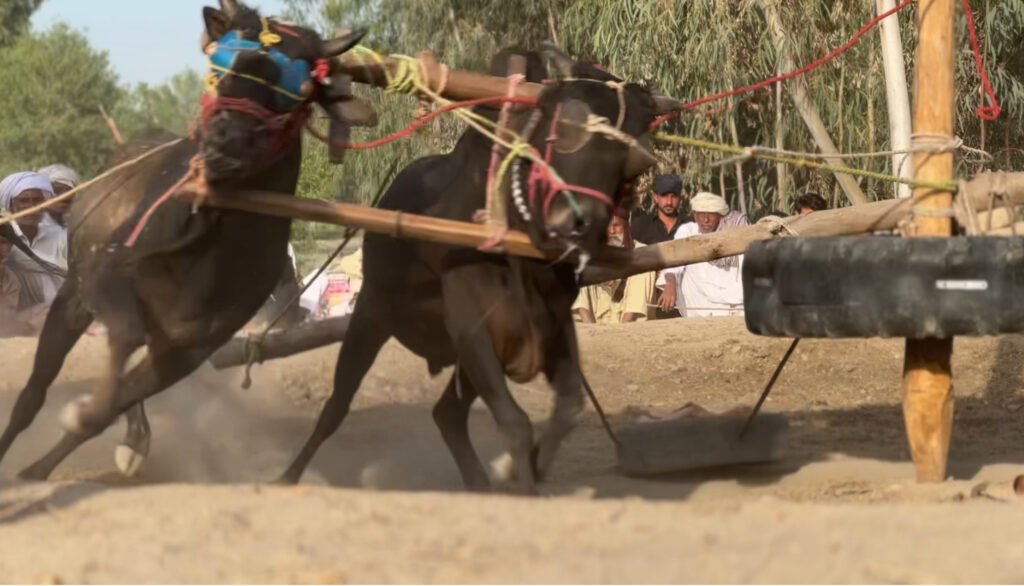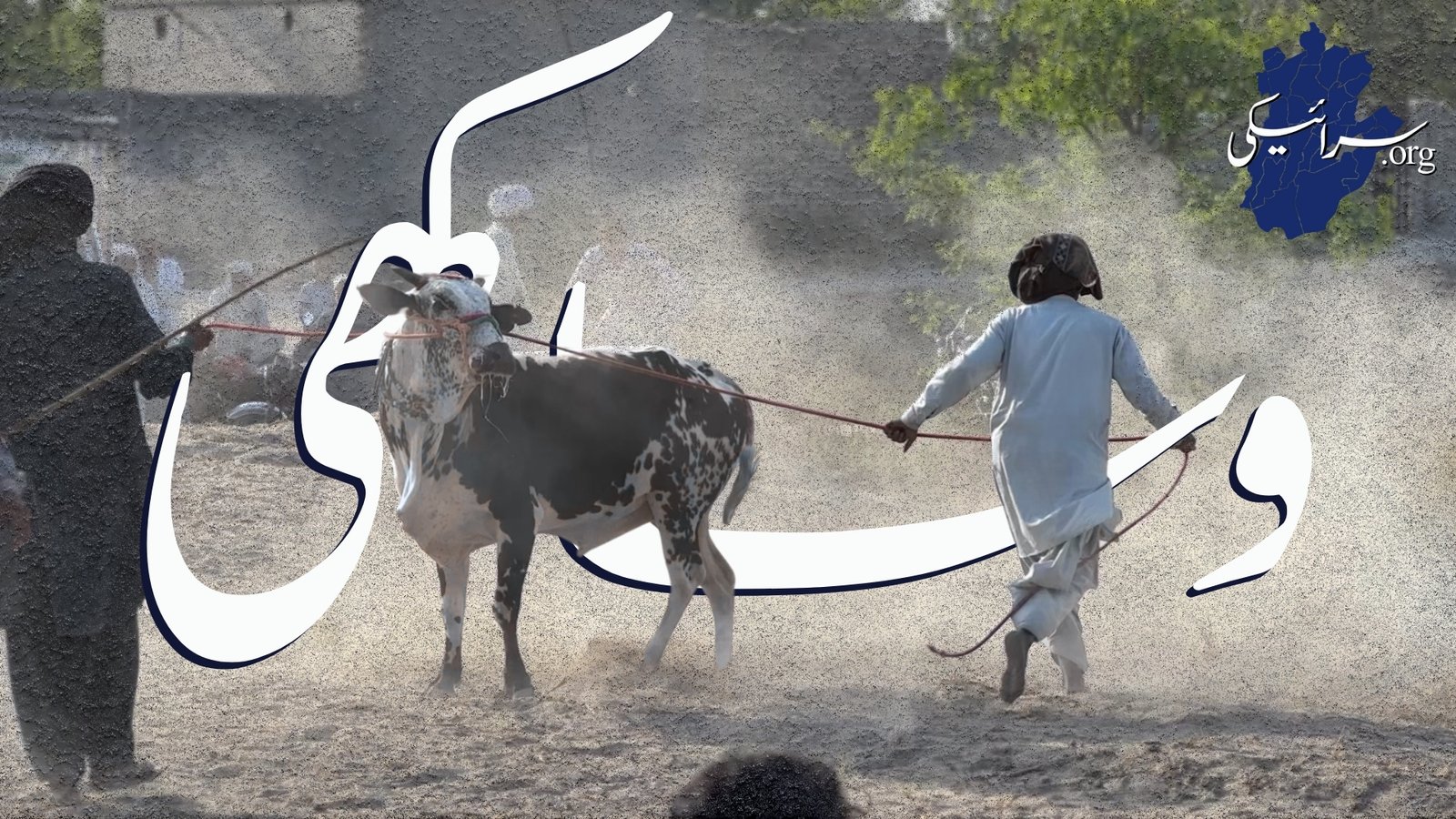Vaisakhi is a centuries-old festival celebrated by the Saraiki people residing in the Saraiki Waseb (region) during the month of Vaisakhi. While Vaisaakhi or Baisakhi is often predominantly associated with Sikh cultural traditions, its historical and cultural roots extend far deeper into the fabric of Saraiki society, where it holds a unique and enduring significance.
This documentary endeavors to highlight this often-overlooked cultural dimension and invites the public to engage critically with it. In the context of Saraiki heritage, Vaisakhi is intrinsically linked to agrarian life—particularly the role of bulls in cultivating and harvesting crops throughout the agricultural year.
Read: Saraiki was first recognised as separate language in Pakistan Census 1981
Historically, bulls have been revered assets for farmers in the Saraiki belt. During Vaisakhi, it has been customary for farmers to bring forth their most robust bulls to participate in traditional racing competitions. These contests serve as both a display of strength and a celebration of the farming year’s labor. The bull that exhibits superior speed and stamina is deemed the winner. This practice is not merely a rural festivity; it is a cultural ritual that dates back to the era of the Indus Valley Civilization—spanning over 5,000 years—and continues to resonate with rural communities to this day.

In the absence of modern machinery, ancient farmers relied on bulls to plow their fields and harvest their crops. These competitions were a means of showcasing the efficacy of their livestock and the productivity of their agricultural methods. Despite the advent of modern farming technologies, the tradition has persisted, illustrating its deep cultural embedment in the region’s rural psyche.
Read: پٹھانے خان: ایک سرائیکی صوفی گلوکار کی زندگی
Today, bulls participating in Vaisakhi are trained meticulously by skilled handlers. These animals are placed on carefully curated diets to enhance their strength and stamina in preparation for the annual race. The commitment of the trainers and caretakers underscores the importance of the event and reflects the pride taken in maintaining this ancestral custom.
Vaisakhi is commemorated annually on the 13th of April, aligning with the Gregorian calendar and the wheat harvesting season. For many farming communities, this event serves not only as a cultural gathering but also as a platform for collective decision-making, community bonding, and intergenerational continuity.
Following the celebration of Vaisakhi and the completion of the harvest, a traditional act of charity known as Sokhwan is observed. This ritual involves offering portions of grains—usually wheat or barley—as a gesture of gratitude and a prayer for prosperity and well-being in the coming year. Each household contributes a handful of grain on behalf of every family member and domesticated animal. Notably, the primary earning son and the bull—recognized for their significant contributions to the household’s welfare—are honored with double portions.

This act of giving reflects a deeply rooted cultural principle: the intersection of sustenance, community, and spirituality. Through Vaisakhi and Sokhwan, the Saraiki people sustain a rich agrarian tradition that remains vital to their cultural identity and regional heritage.


Leave a Reply